Culver PQ-14A
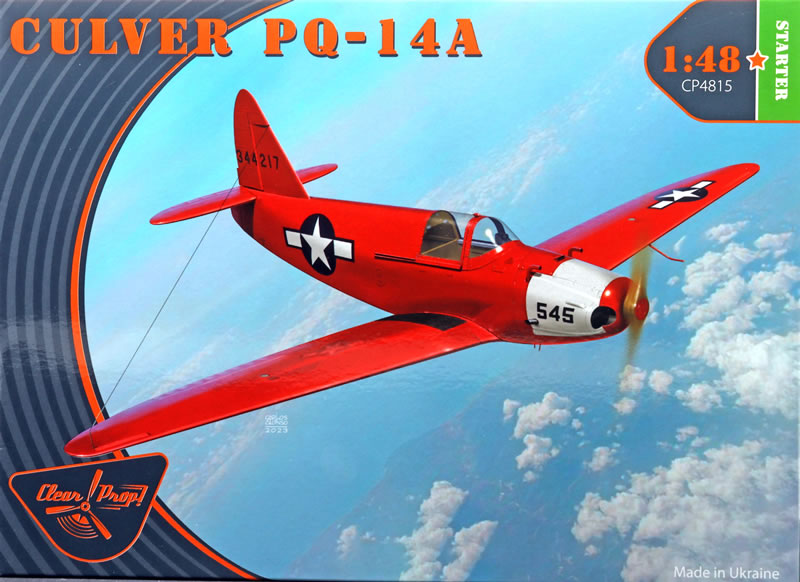
Clear Prop!, 1/48 scale
Reviewed by Brett Green

The Culver PQ-14 Cadet is a modified version of the Culver LFA Cadet used as a target drone.
In 1940, the U.S. Army Air Corps drew up a requirement for a radio-controlled target drone for training anti-aircraft artillery gunners. The first aircraft in a series of target drones was a modification of the Culver LFA Cadet which eventually led to the PQ-14 series used throughout World War II and beyond.
Design and Development
Culver proposed a modification of its civilian Model LFA Cadet which the Army purchased as the PQ-8. The success of the PQ-8 led to the development of the "NRD"; a single PQ-8 was converted to the new configuration and tested by the USAAF as the XPQ-14. Larger and faster than the PQ-8, the PQ-14 also had retractable landing gear and fuselage, wings and tail components made of wood with stressed plywood skin.

This prototype was followed by YPQ-14A service test aircraft and 1,348 PQ-14A production models. Of the latter, 1,198 were transferred to the US Navy, which designated them as TD2C-1 with the decidedly unattractive name Turkey.
The YPQ-14B was a slightly heavier variant; a total of 25 were produced before production shifted to the PQ-14B. A total of 594 PQ-14Bs served as target drones for the USAAF. A single PQ-14B was converted to use an O-300-9 engine and designated XPQ-14C. After World War II, the Culver company developed the XPQ-15 from their Model V light aircraft. After only four were delivered the company went bankrupt in 1946.
Operational History
The XPQ-14 was first flown in 1942 and began to be received in training units shortly after. The aircraft was flown unmanned, controlled by radio, but was flown by a pilot for ferry flights, using a rudimentary control panel installed for that purpose and using their parachutes as a seat. Docile and easy to fly, the aircraft was finished in a bright red target color scheme although operationally, a silver or red finish was applied. Without a pilot they were flown from a "mother ship" aircraft. The typical mother ship was a Beech C-45. Despite their short lifespan, the aircraft performed well and the Franklin engine was considered "trouble-free".[1] Most of the Culver target aircraft were "blasted out of the sky" by Army anti-aircraft gunners but a dozen or more survived and were surplused after 1950. Flown as a recreational aircraft, their new owners found that the aircraft had a sprightly performance.
*Historical summary courtesy of Wikipedia
As far as I am aware, we have never seen a Culver PQ-14A in 1/48 scale.
In 1/72 scale we have had the Airmodel and Pavla limited run plastic kits, but this is the PQ-14A's debut in quarter-inch scale.
Clear Prop's 1/48 scale Culver PQ-14A Starter Kit comprises 71 parts in dark grey plastic, three parts in clea and two decal sheets with two USAAC marking options.
"Starter" simply indicates that the kit does not include photo-etch, resin parts or masks. This, however, is the only meaning - the kit is quite luxurious in every other respect.
The model is packed in a stout carboard box with a lid and a heavier cardboard box underneath.

The parts are moulded in dark grey plastic. The texture of the plastic is very smooth and sprue attachments are narrow.
Surface details are fine, crisp and consistent.
Small locating holes and pins are present on the fuselage and wing mating surfaces. The fuselage is broken down into port and starboard halves plus a large insert on the bottom of the fuselage.
The cockpit is simple but authentic with a rudimentary seat (on those occassions that a human pilot was on board), control column, control rods, rudder pedals, an instrument panel and more. A few parts are offered to jazz up the cockpit sidewalls too. Partial engine and mount detail has been supplied forward of the cockpit.
The instrument panel features faintly raised bezels and switched.
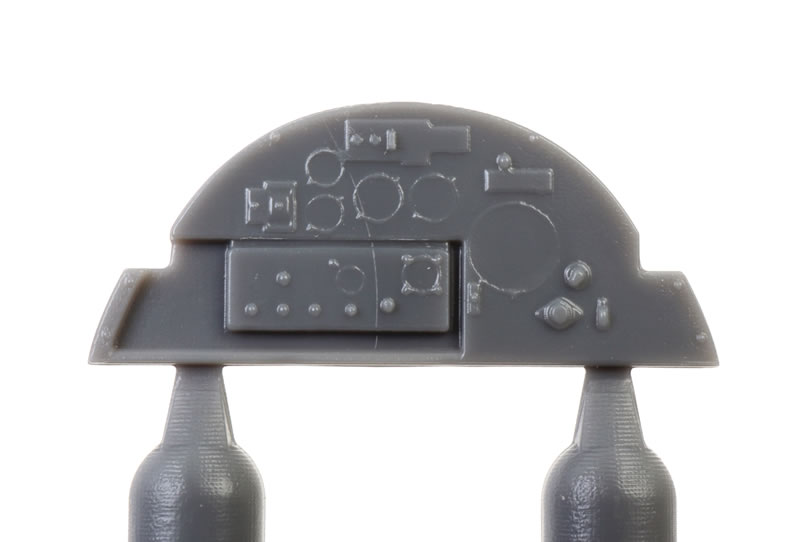
A tiny decal sheet provides an overlay of dials and stencils.

Wings are broken down into separate upper halves and a full span lower wing.

The wheel wells are moulded inside the top of the upper wings.
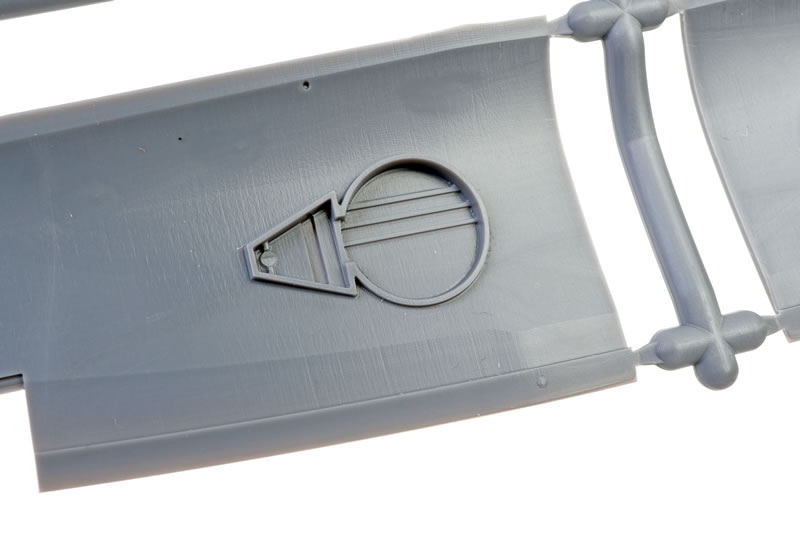
Control surfaces are separate parts except for the fixed rudder and horizontal stabilisers. It looks like it would not need much work to pose these deflected.
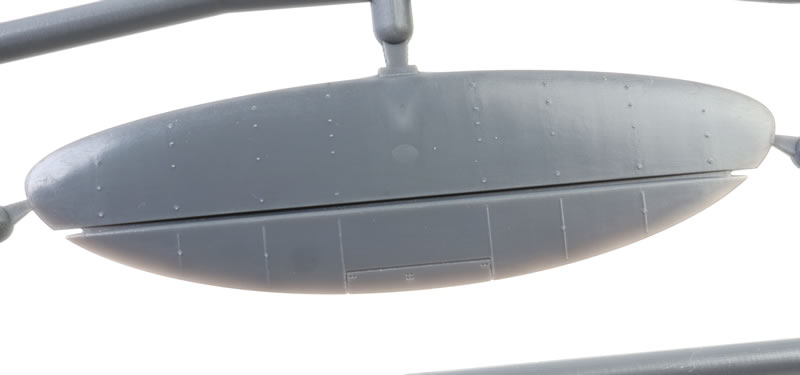
The landing gear is nicely detailed, as are the three wheels.
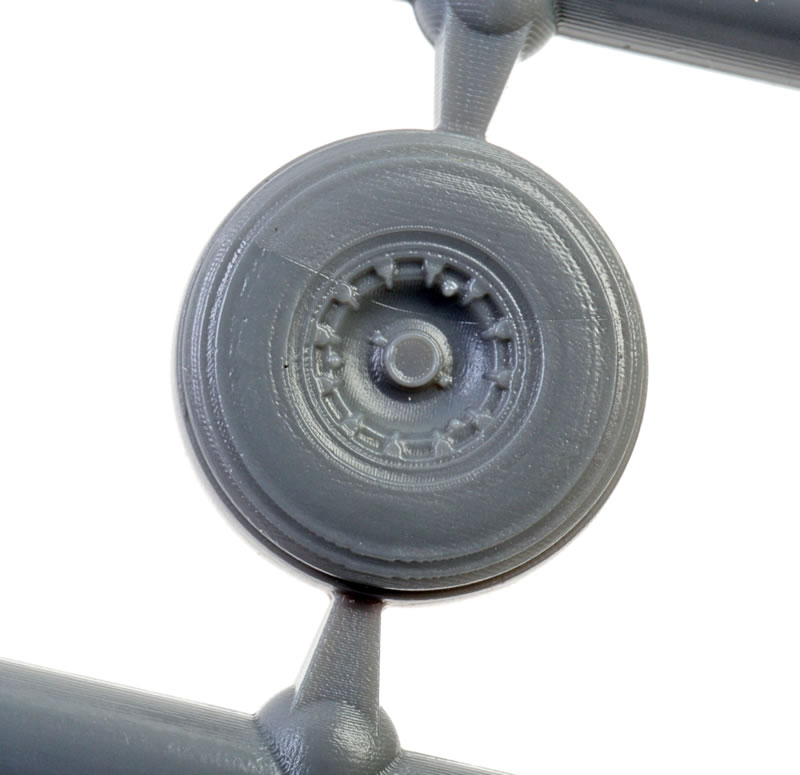
There is no mention of nose weight but it looks like it will need plenty with its forward-located landing gear legs.
The clear sprue offers parts for the windscreen and the main sliding canopy section. They are clear and free from distortion.
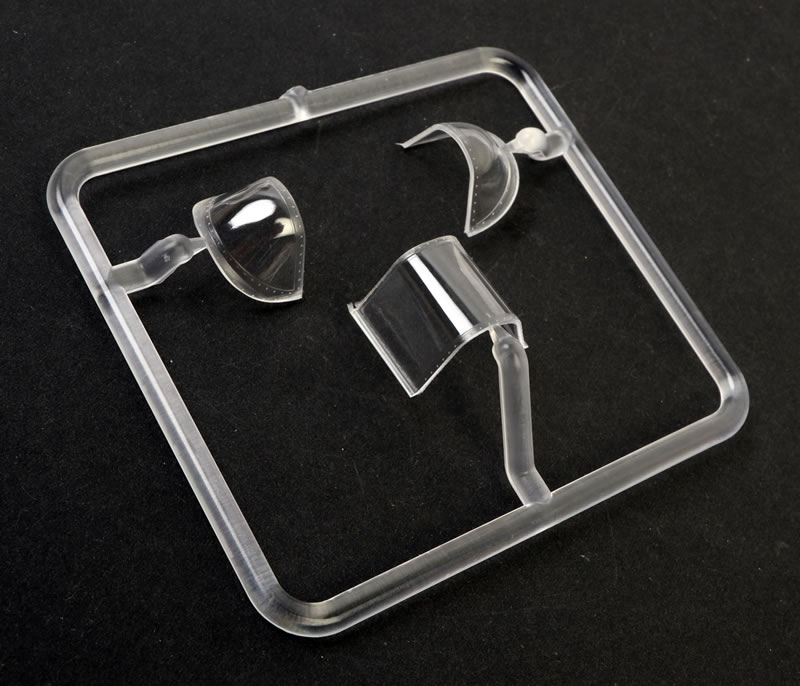
Instructions are clear and well laid out in a 12 page, folded A4 paper booklet.
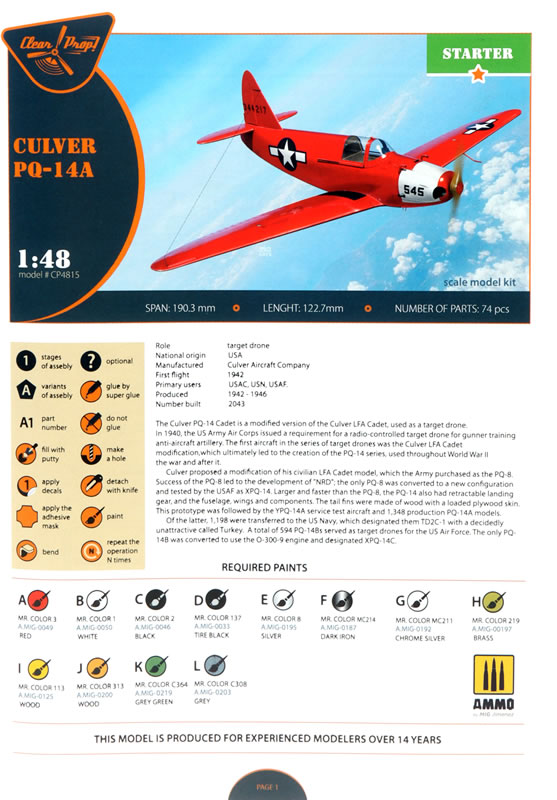
The marking guide is in full colour and colours are called out throughout using Mr Color and MIG paint numbers. It might have been nice to have a few other paint brands cross-referenced too.
Markings
The colours and registration of the decals look good.

Two marking options are offered - one in overall red and one in red with a white engine cowling.
Clear Prop! has delivered a lovely little model of this interesting subject.
This is another impressive effort from Clear Prop!
Thanks to Clear Prop! for the sample
Text and Images Copyright © 2024 by Brett Green
Page Created 13 August, 2023
Last updated
13 August, 2024
Back to HyperScale Main Page
Back to Reviews Page
|
Home
| What's New |
Features |
Gallery |
Reviews |
Reference |
Forum |
Search